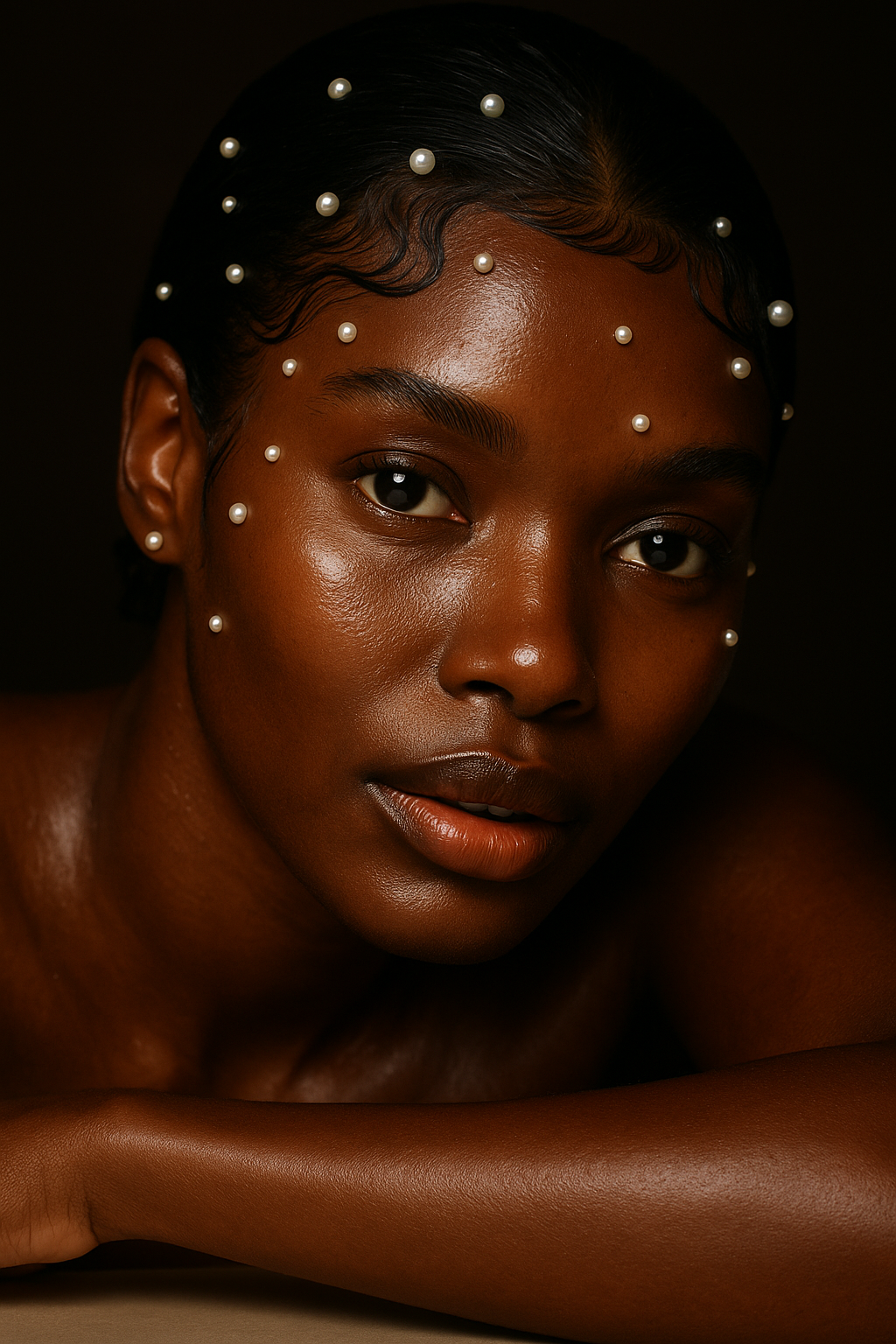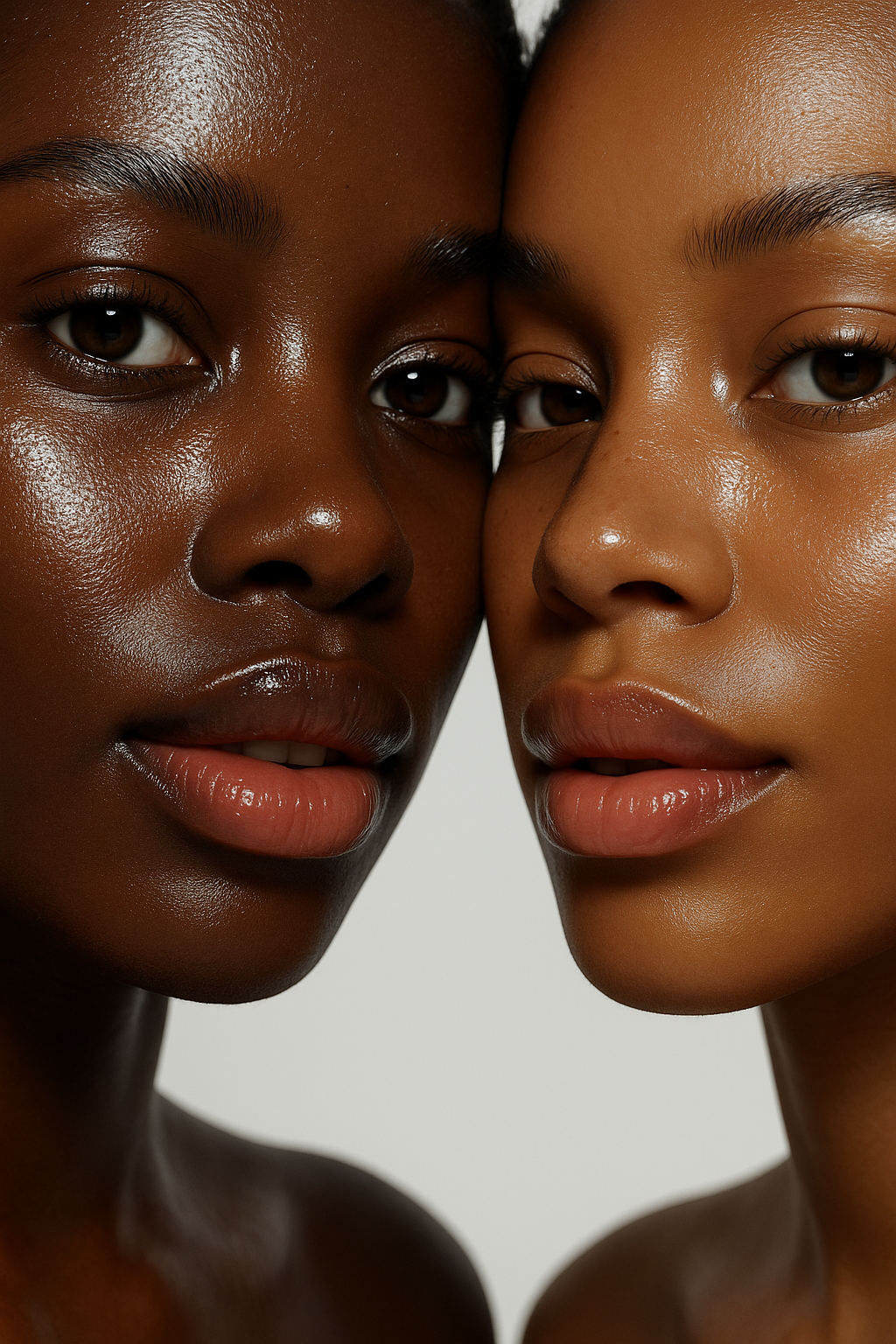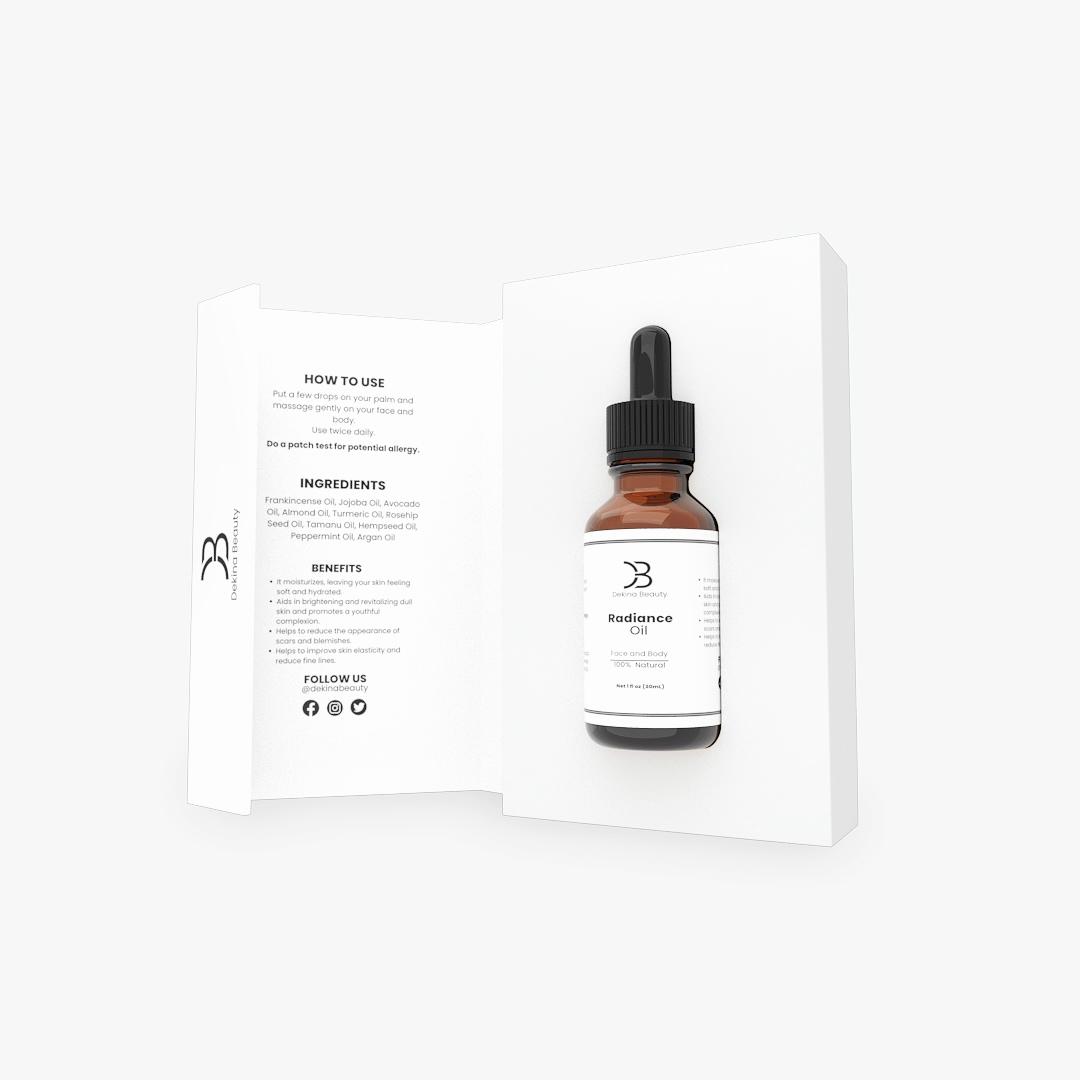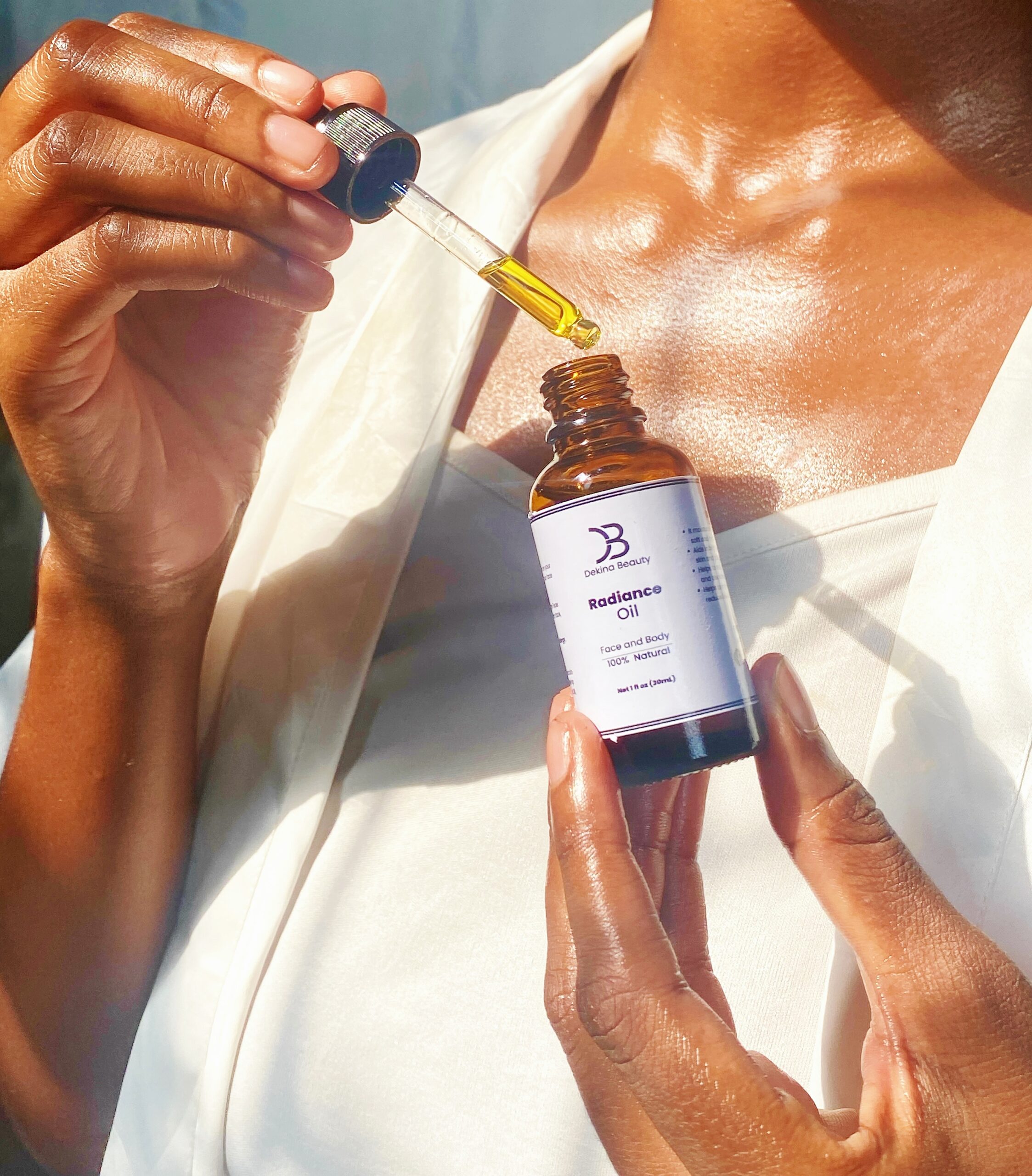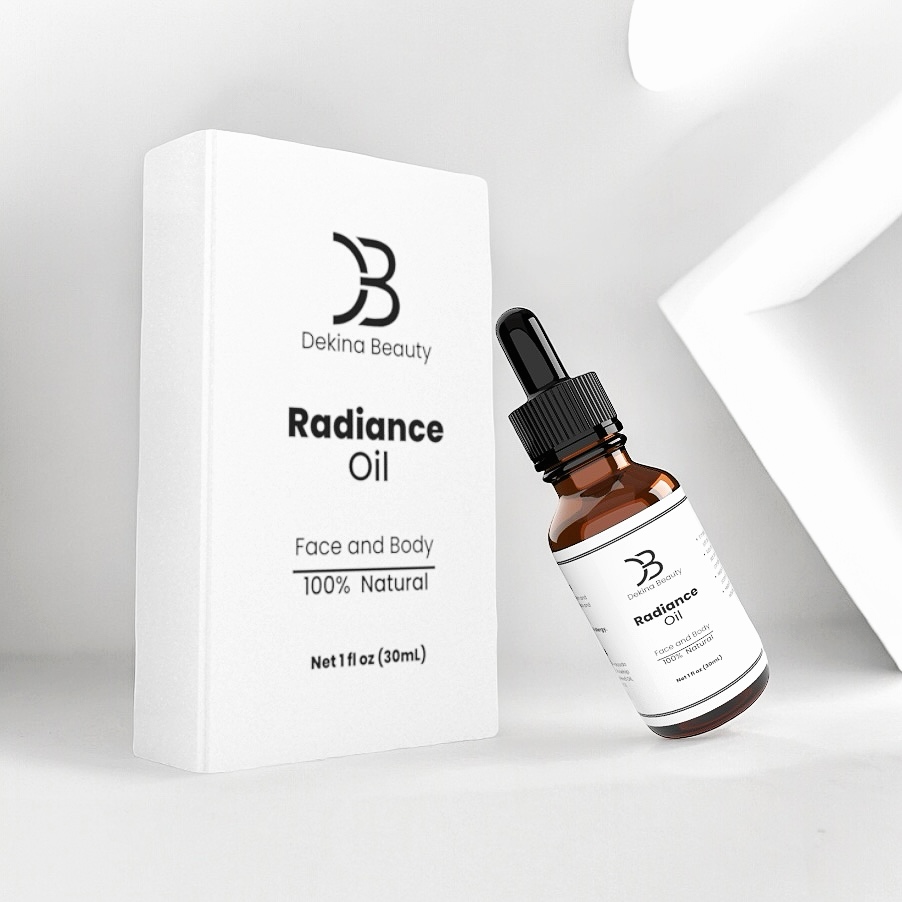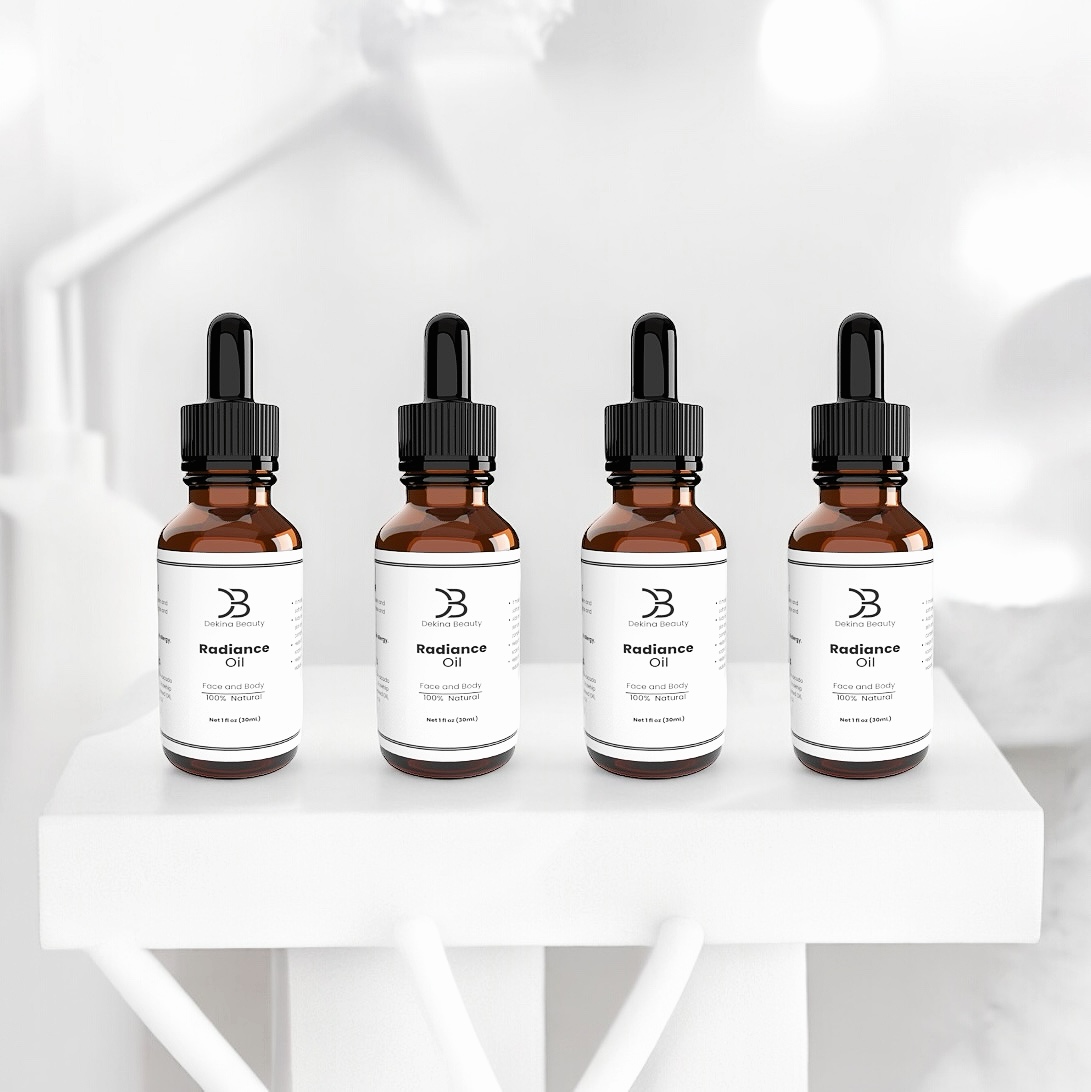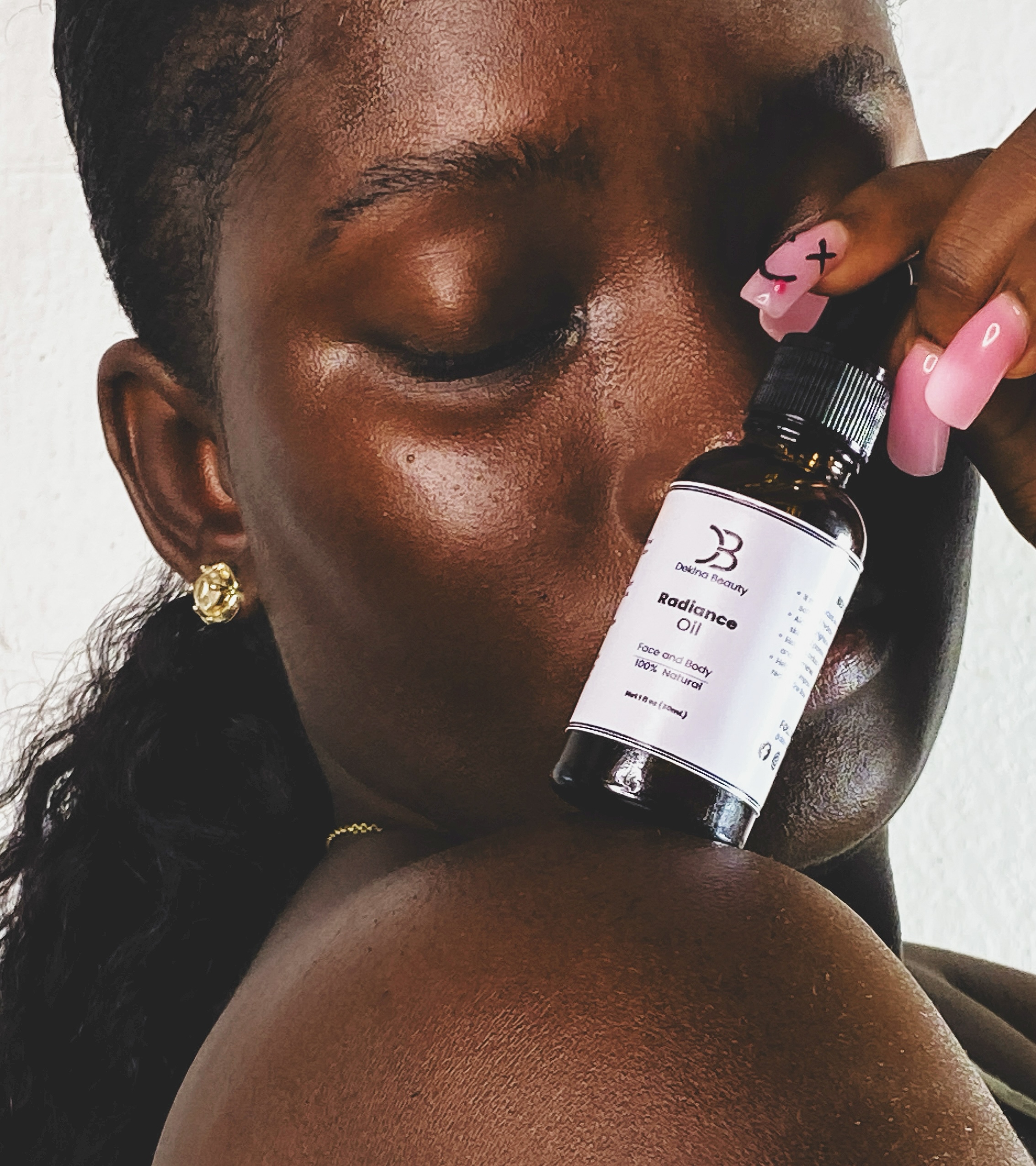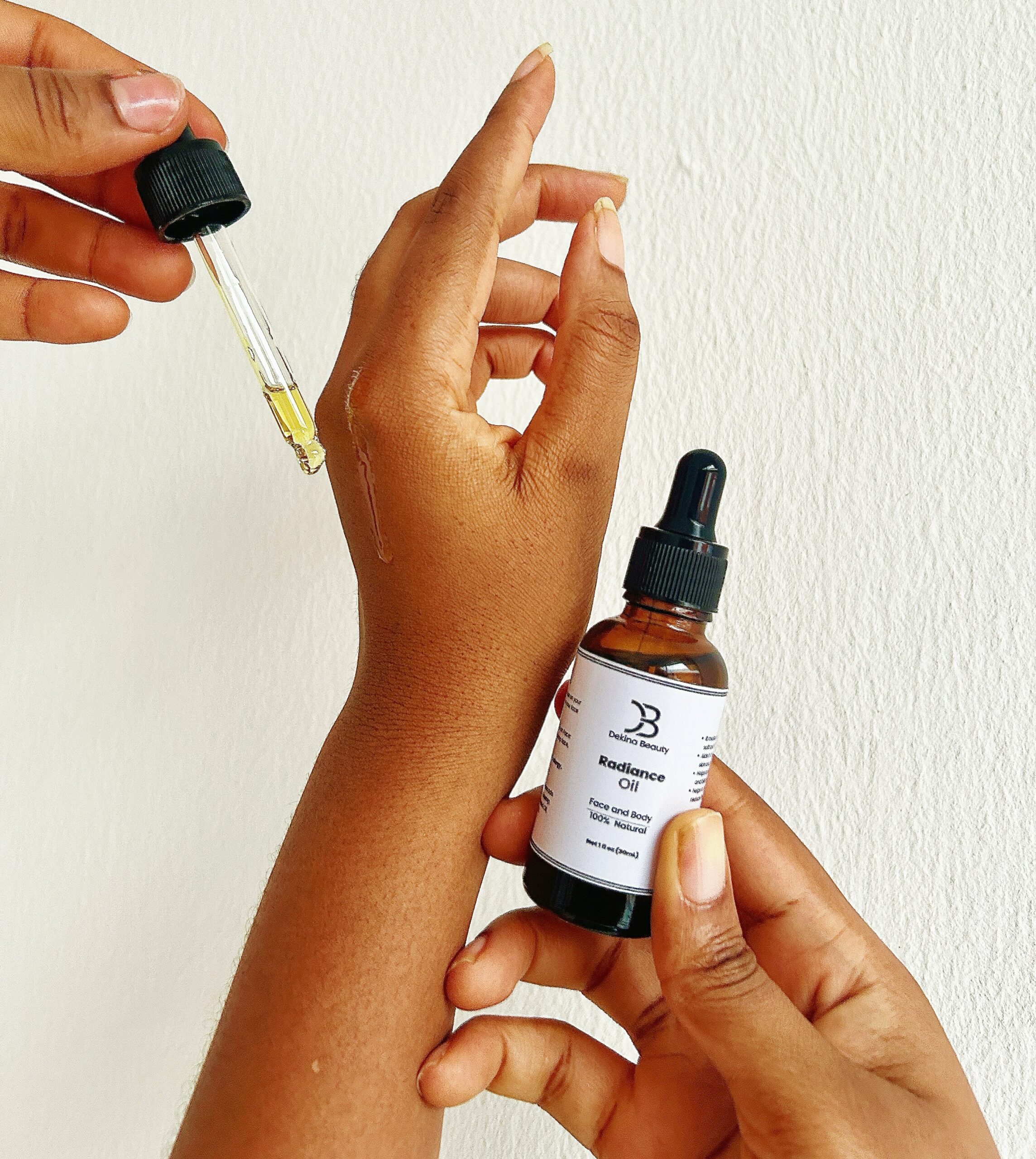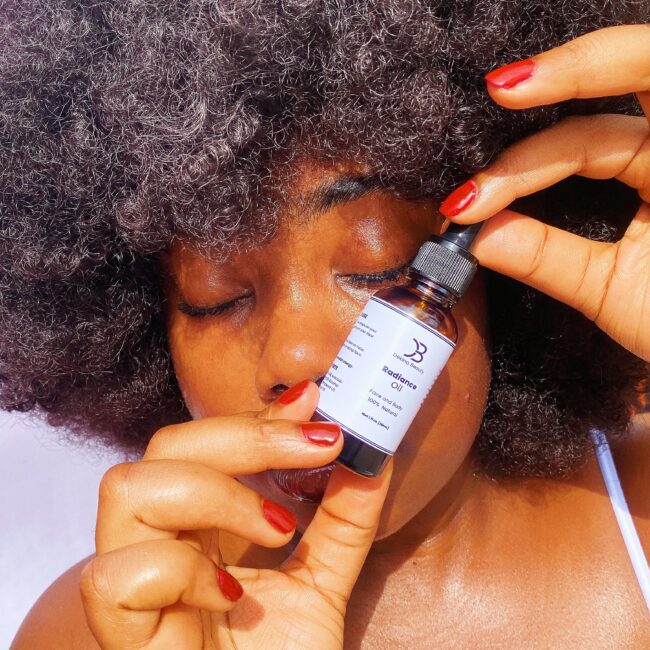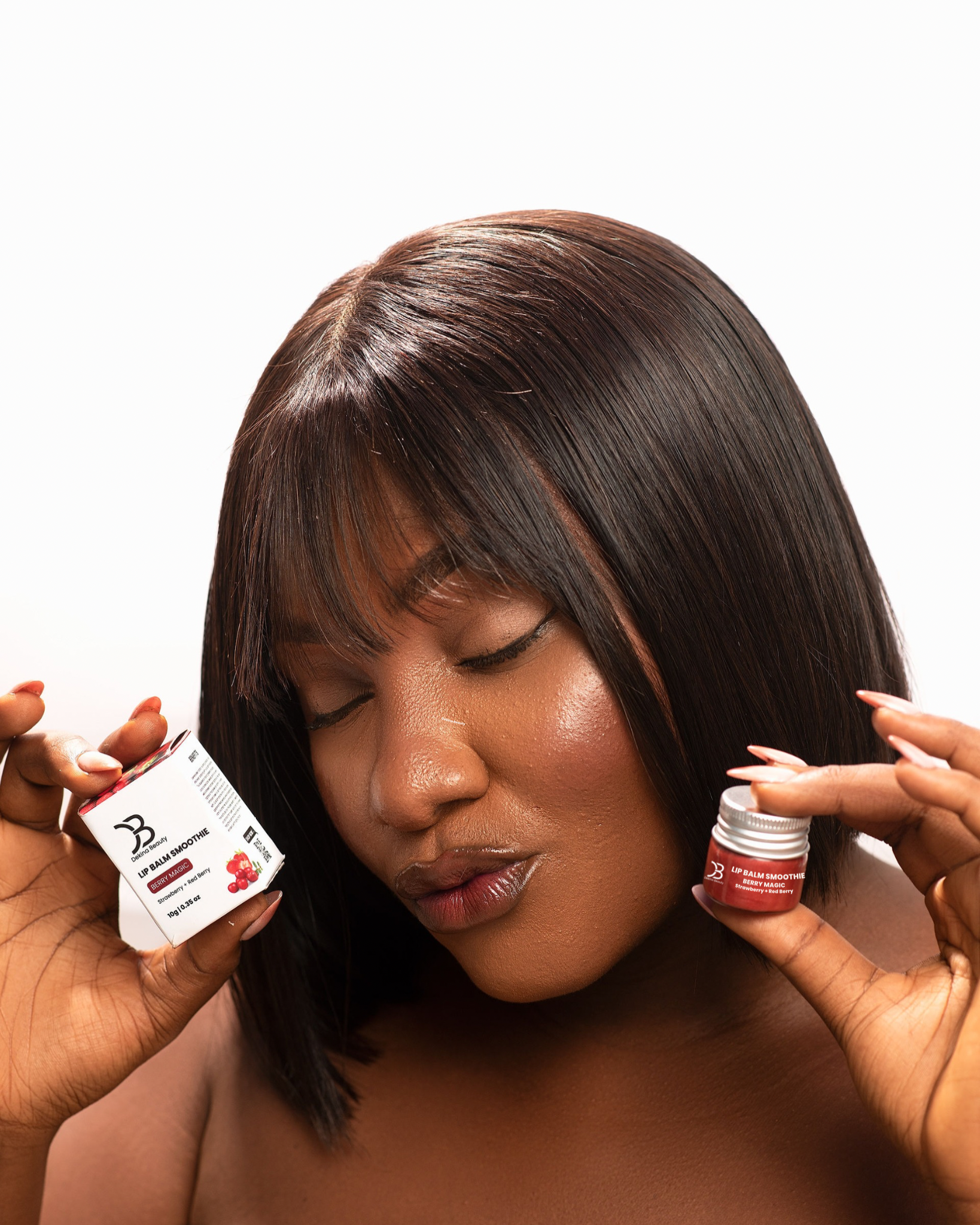Ancient Traditions: A Journey Through Time
The quest for beauty is as ancient as humanity itself, with various cultures developing unique rituals and practices to enhance their appearances and express their identities. In Egypt, the use of kohl—a black powder made from antimony—dates back to around 4000 BCE. Egyptians believed that applying kohl around the eyes not only created an alluring look but also served protective purposes against the harsh sun and eye ailments. This tradition transcended mere aesthetics, intertwining with spiritual beliefs where eye makeup was thought to ward off evil spirits and invoke the favor of the gods.
In India, the practice of using turmeric for skin care is emblematic of ancient traditions that prioritize natural ingredients. This vibrant yellow root has been utilized for thousands of years in Ayurvedic medicine for its anti-inflammatory properties, resulting in a natural glow that is highly coveted. The pre-wedding ritual known as ‘haldi’ involves applying turmeric paste to brides and grooms, symbolizing purification and beauty that is steeped in cultural significance.
Another fascinating example stems from Japan, where the Geisha’s beauty routines have captivated many for centuries. The painstaking process of preparing the skin with layers of rice powder and the delicate application of bright red lipstick reflects a meditative approach to beauty. These rituals were not merely about aesthetics; they communicated social status and artistic skill, further solidifying their importance within Japanese culture.
These ancient customs reveal a profound connection between beauty and cultural identity, emphasizing that each practice is rooted in specific historical contexts and societal values. By preserving these rituals through generations, cultures have fostered a rich tapestry of beauty standards that continue to influence contemporary practices. The appreciation of these time-honored traditions not only deepens our understanding of beauty across the globe but also invites us to explore how these rituals remain relevant in today’s beauty landscape.
Nature’s Bounty: Ingredients from the Earth
Across various cultures, the natural world has served as a profound source of beauty secrets, where local ingredients have been cherished for their remarkable properties. These time-tested remedies often rely on herbs, oils, and minerals unique to specific regions, combining tradition with effective results. One prime example is coconut oil, which has long been utilized in the Philippines for its nourishing qualities. Packed with fatty acids, this oil serves as an excellent moisturizer and is traditionally used for skin and hair care. Its emollient properties make it ideal for preventing dryness, thereby promoting a healthy appearance.
In China, green tea, revered for its antioxidant-rich content, has gained significant prominence in skincare regimes. The catechins found in green tea can combat signs of aging and sun damage, making it a staple for those seeking a radiant complexion. Various traditional practices involve infusing green tea into facial masks or applying it in a toner form, allowing individuals to harness its benefits effectively. The ritual of incorporating green tea into daily beauty routines not only enhances skin health but also epitomizes a rich cultural heritage.
Morocco’s argan oil, often dubbed ‘liquid gold’, exemplifies another enriching ingredient celebrated worldwide. Extracted from the nuts of the argan tree, this oil is revered for its high content of vitamin E, essential fatty acids, and antioxidants. Traditionally used by Berber women, argan oil is applied to both skin and hair, offering hydration and sheen. Moreover, its versatility allows it to be used in various formulations, from serums to hair masks, integrating seamlessly into contemporary beauty practices.
Incorporating these natural ingredients into personal beauty routines not only elevates one’s regimen but also connects individuals to global traditions. By understanding the origins and application methods of these elements, readers can enrich their beauty journeys and embrace the wisdom of cultures worldwide.
Rituals of the Mind and Body: Holistic Approaches
In today’s fast-paced world, holistic approaches that embrace the connection between the mind and body have gained significant attention. Cultures around the globe, particularly in regions such as India and Tibet, incorporate ancient practices like meditation, yoga, and mindfulness to cultivate both physical and mental well-being. These rituals not only enhance one’s outer beauty but also promote a profound sense of inner harmony, fostering a glow that radiates from within.
Meditation, for instance, serves as a powerful tool for achieving mental clarity and emotional stability. Practicing mindfulness allows individuals to center their thoughts, reduce stress levels, and nurture self-love. By engaging in daily meditation, even for a few minutes, one can experience a shift in perspective that enhances both mental health and beauty. Techniques such as focusing on one’s breath or visualizing serene landscapes can effectively calm the mind and reduce anxiety, contributing to a more relaxed and rejuvenated appearance.
Similarly, yoga offers a dynamic approach to beauty through movement and breath control. By practicing yoga, individuals not only improve their physical flexibility and strength but also cultivate mental resilience and peace. Regular yoga sessions can aid in releasing tension in the body, leading to better posture and improved circulation, which are essential for an attractive, youthful appearance. Incorporating poses that emphasize grounding and balance can foster a deeper connection with oneself, enhancing self-acceptance and body positivity.
To integrate these holistic practices into daily life, one can start with simple steps. Setting aside a few minutes each day for meditation or yoga can create a nurturing routine that inspires self-care. Additionally, creating a tranquil environment with calming music or natural elements can enhance the experience, making the practices even more enriching. By embracing these rituals, one can embark on a transformative journey toward inner peace and outer beauty.
Modern Adaptations: Bridging Cultures and Traditions
As the world becomes increasingly connected, the appreciation for cultural beauty secrets has surged, leading to the adaptation of traditional practices in contemporary settings. This evolution showcases how ancient rituals surrounding beauty are blending with modern lifestyles, creating a unique synthesis that honors historical significance while meeting the demands of today’s society. The beauty industry has witnessed a significant shift towards embracing these cultural practices, especially as consumers become more conscientious about the origins and sustainability of their beauty products.
Influencers and brands alike are at the forefront of this movement, highlighting the rich beauty traditions inherited from various cultures. From Indian Ayurvedic principles emphasizing holistic wellness to North African argan oil rituals known for their nourishing properties, these timeless practices are being repackaged for contemporary consumers. Many brands are committed to sourcing ingredients ethically, ensuring that local communities benefit from their usage of traditional beauty secrets. This approach not only preserves the cultural heritage of these rituals but also elevates them within the global beauty market.
Moreover, the integration of such cultural beauty secrets into daily routines allows individuals to connect with diverse traditions and practices. For example, Korean skincare routines are celebrated for their multi-step processes that focus on hydration and care. Meanwhile, indigenous practices, such as the use of plant-based oils by various tribes, bring attention to the importance of environmental sustainability and cultural respect. By adopting these beauty secrets, consumers are not only enhancing their own beauty regimens but also honoring the traditions from which these practices originate. The convergence of old and new continues to redefine beauty standards, making it essential to celebrate and integrate diverse rituals into our lives effectively.


